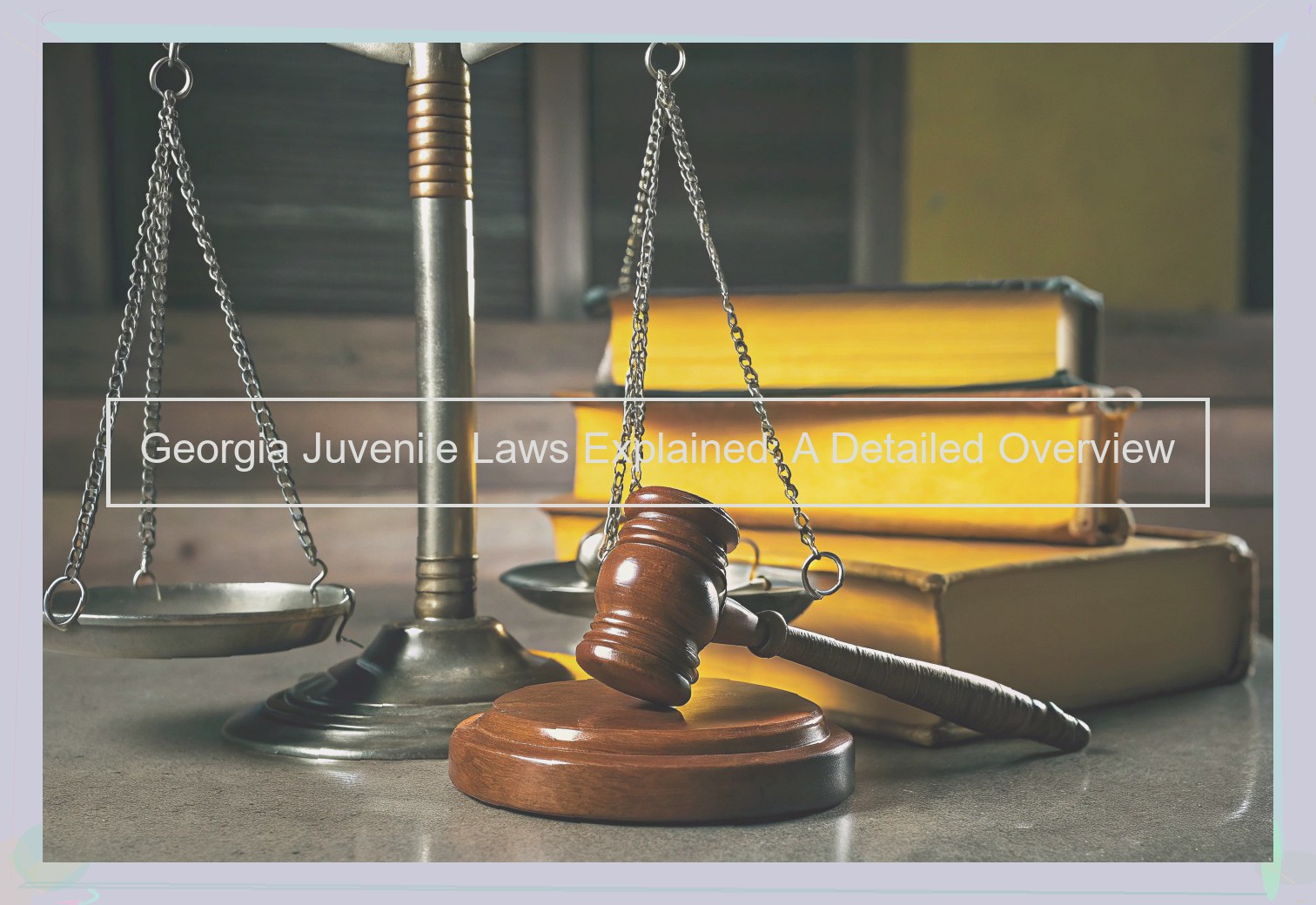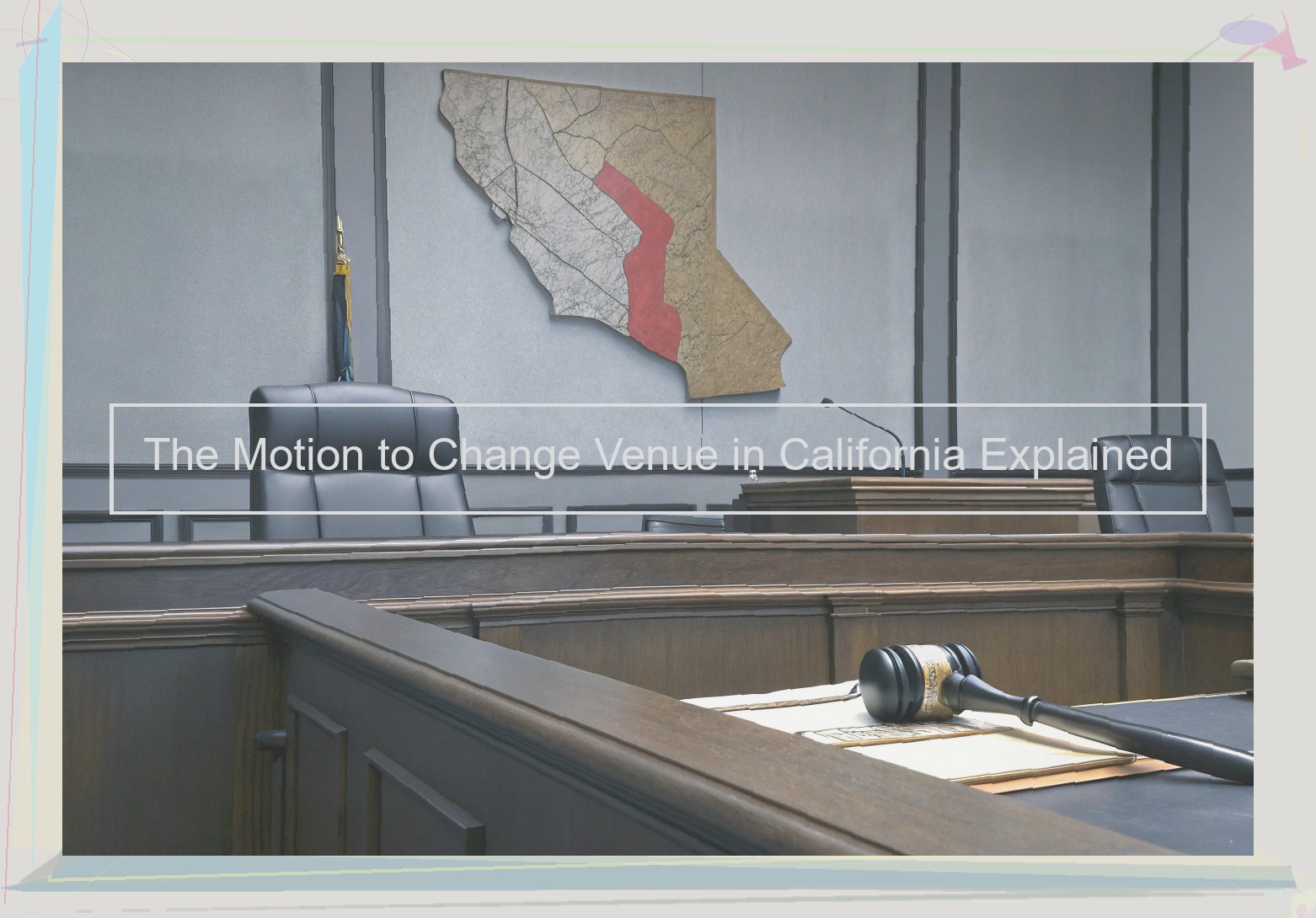Federal Court Forms
Form requirements flow from the Federal Rules of Civil Procedure, as well as specific Standing Orders from each federal judge in the Court. In general, you file a "Complaint," "Answer," or "Notice" of some kind as your "pleading" on the public record in the federal court. In addition, during the litigation of a case you may be required to file various "Motions" or "Forms" while you’re preparing to argue your case to the court.
In the Southern District Court, several forms are commonly used in all Civil cases-including Notice of Removal of Civil Actions, Certificates of Interested Entities, and Stipulations . These forms must be signed by the parties (or their attorneys), filed with the appropriate Court, and given to all other parties and interested persons. The filing and service of these documents preserves the right of the litigants to seek appellate review should the need arise.
The Northern District Court has adopted a "Motion" practice not in use in some other courts-this method for filing and bringing matters before the court is the predominant use for litigating matters in the court. Further, the "forms" called for by the Northern District’s "LocalRules" provide sample boilerplate language and formats for: Scheduling Orders, Protective Orders, and Conditional Admissions.

Where to Locate Federal Court Forms on the Internet
Federal court forms are available from trusted online sources. The administrative office of the United States courts has a site with all the federal forms available in one central location. Providing the most up-to-date versions, forms are available by category as well as by title. The categories are Administrative, Bankruptcy, Civil, Criminal, Jury Instructions, and Supreme Court.
The American Bar Association has a website through which you can access federal court forms. Similar to the federal courts administrative office site listed above, the ABA’s forms are organized by category and type, including Bankruptcy, Civil Litigation, Criminal, Patent, Copyright, Trademark, Tax Appeals, and Social Security Disability.
The National Center for State Courts also provides the public access to these resources. While most resources on this site are geared toward state court rules and procedures, it also links to the federal courts administrative office site, as well as other relevant legal aid organizations and information sites.
The American Law Institute – American Bar Association also runs a website with many helpful resources in the area of law for the legal professional. The "Courts" section of their website provides direct access to the federal courts administrative office site, along with transactional instructions on practical issues such as how to file a lawsuit, how to respond to a lawsuit, name change procedures, and more.
LexisNexis is famous for its resources on the web. State practice manuals, law review articles, statutes, other legal documents and more can be accessed on their website with the free Lexis Web account. Each document is printable or alternatively can be viewed in the current web browser. Online documents may also be downloaded or emailed to yourself or a colleague.
Last but not least, the most useful for both attorneys and self-represented litigants, is the Cornell University Legal Information Institute, a free access legal resource provided through the Law School and the Department of Computer Science at Cornell. By visiting the LII, you’re able to search your state’s law as well as federal law for free. The LII also provides easy access to other legal information resources as well as information on finding legal help.
Most commonly accessible to the general public for civil and criminal matters, the "PACER" system is a public access computer system managed by the Administrative Office of the U.S. Courts, and houses public records from federal district, appellate and bankruptcy courts in the U.S. PACER allows users to search opinions and orders, view and print dockets, and pay for copies of filed documents.
Completing Federal Court Forms
When you go to a federal court to file a case, the court clerk will provide you with your required forms. They also will assist you in completing the forms. But, when you are appearing in a case and need to file something with the court, it is your responsibility to complete the necessary forms.
The federal court forms all have the same basic components. The caption, signature block, and attorney appearance is uniform. The signature block is where your name, address, phone number and signature go. If you are representing yourself, instead of the word "Attorney" you write your name in the box. If you are an attorney representing a client, you write your information in the signature block.
The caption is at the top of the page. It includes the style of the case and information about the parties. In the style, the first name listed is the plaintiff (the person who initiated a lawsuit) and the second name listed is the defendant (the person being sued). The style also identifies the division in which the case is pending and the case number. The division is important, because it tells the court in which city the case is being litigated. For example, Los Angeles is in the Central District of California, while San Francisco is in the Northern District of California.
The division name appears in the caption as "LA-12" meaning Los Angeles Division and "12" is the case number. The next part of the caption names the judge before whom the case is assigned. The relationship of the judge to the case is important, because some judges differ in philosophy. In some cases, litigants can predict how the judge will decide a motion based upon how he/she decided other motions in previous cases. The parties
Now we come to the parties. Who is suing whom? The style of the case goes back to when the British had a monopoly on the legal profession and they used an archaic form of English that apparently was meant to intimidate. Whether you are the plaintiff or a defendant is determined based upon your role in the case. If you were the one who filed the complaint with the court, you are the plaintiff. Conversely, if you were the one who filed an answer or response to the complaint, you are a defendant. Plaintiff’s Name vs Defendant’s Name
The exact procedure for obtaining the appropriate forms and filling these out varies from court to court and from division to division. If you are filing a response to a motion, you may only need to complete a certificate of service. Whereas, if you are filing a written discovery response, you may be required to complete up to ten pages of separate forms. One element remains constant, you will have to complete proof of service in some form. Proof of service simply means that you completed and filed with the court your operative pleading and delivered a copy to all other parties to the lawsuit. We have spent considerable time discussing completing and filing paper forms with the court. Many courts, including federal courts, have begun the long and expensive process of converting their paper forms to electronic forms. Electronic forms typically work like the paper forms. You will have to complete a heading that includes the title of the case, the division, the case number and judge to whom it is assigned. The style of the case and the information about the parties will be simple lists. You simply click on the party’s name and it is inserted into the proper field.
Leveraging Modern Technology
Courts have long been at the forefront of adopting and deploying new technology. From automated courtroom scheduling to document management systems and sophisticated filing systems, courts seem to be on the cutting edge when it comes to technology adoption.
One of the fastest growing trends in legal technology is electronic filing, or e-Filing. Since 1991, federal, state, and local courts have been steadily migrating their form submission processes to an online environment.
Early on, courts, lawyers, and paralegals had to install client software to interface with the e-Filing servers. Analogous to a VPN connection, these remote access client/server solutions often required reconfiguration of the user’s workstations. The costs and technical knowledge required to install client/server software held back adoption for years. As better technology became available in the mid-1990s, more courts began implementing home-grown solutions based on their specific needs. As long as the claims process was mostly paper-based, these custom client/server solutions were adequate.
As courts digitized more of their paper workflows, the pros and cons of using a client-server solution became more pronounced. Since the 1990s, all court documents are automatically converted to PDF format as they are scanned. However, if the scanning and conversion process is not performed properly, the resulting PDF is very difficult to work with. Well-meaning court administrators began installing client/server databases like Concordance and iManage to track and manage the forms and documents scanned into the system.
Unfortunately, the burden of operating, maintaining, and supporting a client-server solution moved to the users (lawyers and paralegals) and the technology vendor who was responsible for maintaining the servers. Support had to be provided by the software vendor, which could be slow and costly. With the implementation of e-Filing, court administrators, judges , and lawyers no longer need access to the thousands of documents harvested from scanned court filings. Imagine how many times a civil rights case file is requested for in camera review, depositions, or trial prep. All of those pages had to be copied and delivered to the judge. Today, these pages are delivered by email or e-Filing. Court administrators and judges could deliver these documents via email or online portal, like Dropbox or Box. When clients ask "How much does it cost to file my case?", the answer is "Nothing, it is free for you to file your case with the court." In contrast to filing a paper-based case, which requires many more resources and time, the e-Filing process saves the court money versus the historical workflows.
The next evolution in e-Filing is the adoption of online portals, like Lincoln Circuit and I-Documents. These portals take the submission of documents to the next level with collaboration, document management, and real-time notifications. Court administrators, lawyers, paralegals, and judges can login to the website to upload forms and documents, manage court calendars, and receive notifications of filings, motions, and orders.
For the first time in history, lawyers are able to submit documents to the court, their clients, and their co-counsel in one step. Instead of having to copy, print, and deliver documents to all parties, they can simply login and upload the document to the system. As the number of filings and submitted documents grow, lawyers also have the ability to organize their documents with folders, searches, and electronic billable time and expenses.
Both the federal and state courts have embraced the use of online tools for e-Filing. As the judges, magistrates, clerks of court, and lawyers continue to adopt this technology, they also see the cost savings and improved experiences that they get from using cloud-based solutions.
The future is bright for the federal courts as they continue to employ e-Filing and other Internet-based technologies to manage citizens’ cases.
Common Dilemmas and Remedies
When searching online for forms to use in your federal case, you may encounter a number of problems. I’ve gone ahead and listed some common problems, and their solutions:
1. You try to open the form, and you can’t get it to open in your web browser.
Solution: Try using another web browser. If you are using Internet Explorer, try Firefox or Chrome for an example. Some sites show up better in certain browsers.
2. You can’t find the correct form at all on the website.
Solution: Some sites keep their forms under "Expert Resources" and/or "Centers" or "Help" (referring to those centers). The easiest way to find the form you are looking for is to search the site.
3. You are not given any helpful information on how to fill out the form.
Solution: Either the site they came from does not provide useful instructions, or the information is buried in a location that is difficult to find. In either case, you will want to search another site for the forms you need but also for instructions or information on how to complete the form. You can go to the next option on our list, or you can look for "Instruction" or "Information" sheets on the same site.
4. You find a form you want, but it is not fillable.
Solution: This means that the website of origin decided to host a version of the form that was a "flat" PDF. You won’t be able to fill it out using your computer, but you should still be able to print it and fill it out by hand or by using software like Adobe Acrobat to fill in the fields manually.
Legal Aid and Resources
As a private practitioner, the federal courts have always struck me as a little daunting (and I would venture at least equally so for a pro se litigant). The clerks, the judges, the courthouse – everything is just so… formal. I think the average lay person looking for pro se help is likely to be overwhelmed by the thought of venturing into a federal courthouse and asking for help.
In an effort to combat this, the federal courts have released tons of online help, including really great resources for a pro se litigant’s big question – "what forms do I need?"
Federal Courts: A Primer for Pro Se Litigants
This is an excellent Q&A style guide that cuts through all of the typical courtroom details and tells you what you need to know.
Federal Courts: Basic Resources for People Who Represent Themselves
A super basic guide to some of the federal websites available to help pro se litigants.
How to Complete Court Forms
A short but sweet guide to filling out court forms from the US Courts website .
How to Represent Yourself in a Federal Court: A Pro Se Handbook
A very helpful guidebook from the Eastern District of Wisconsin. Just remember – all federal courts don’t do things exactly the same. Nonetheless, this is a great resource that answers most basic questions. Also check out the D. WI Pro Se Handbook for Civil Cases for some additional guidance.
Pro Se Resources – New Hampshire District Court
The pro se resources page from the New Hampshire District Court is another great place to start your research.
Kentucky District Court: Pro Se Forms
Many district courts have a pro se forms page like this one from the District of Kentucky. These pages help pro se litigants navigate the rules for pleadings, motions and others forms.
District of Massachusetts Pro Se Information Page
The District of Massachusetts offers a great Prospective Pro Se Litigant Handbook. This is just one of several useful guides available on their pro se information page.



